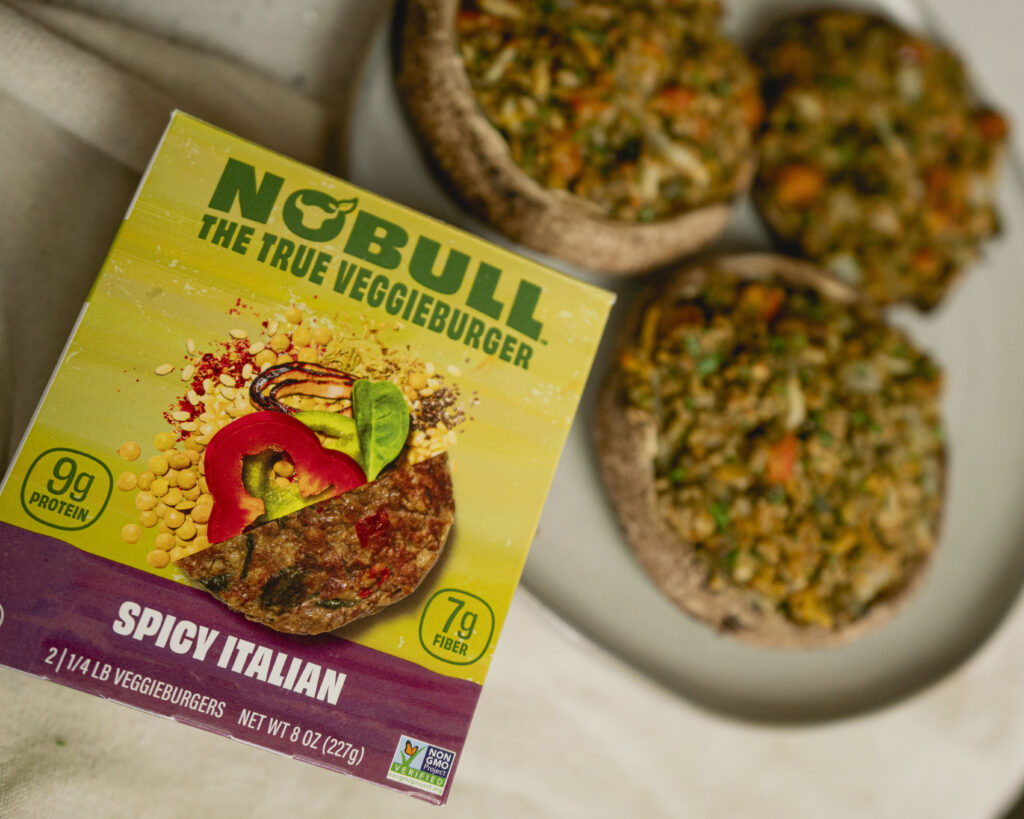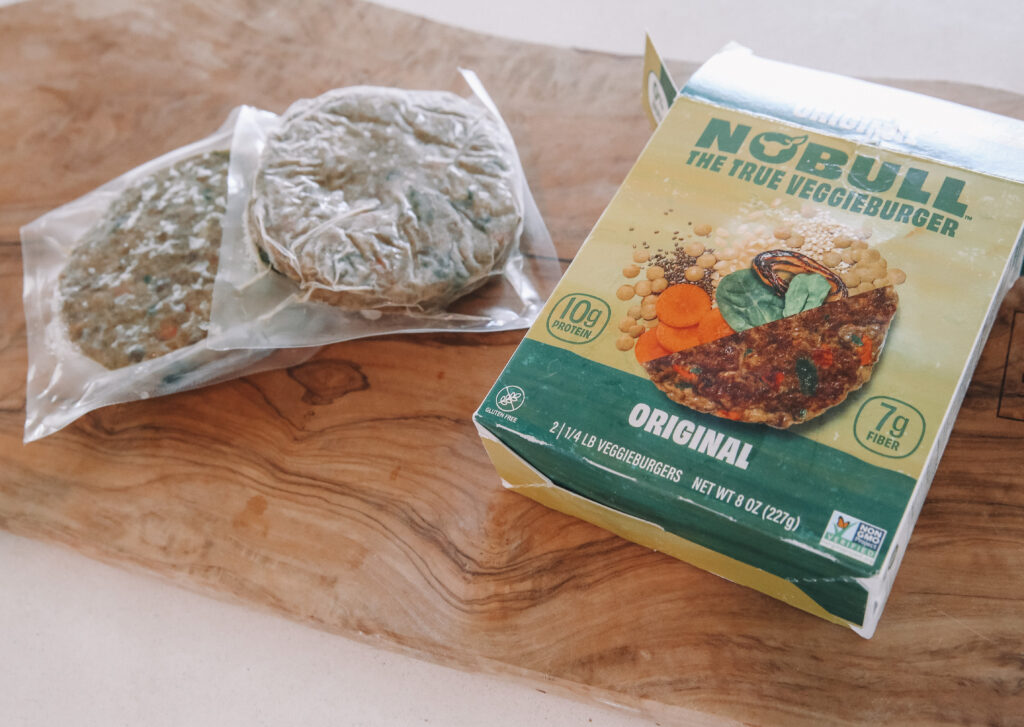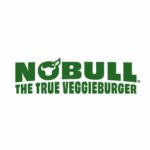The Flexitarian style of eating was termed a “diet” back in 2009 when the term was coined by registered dietitian Dawn Jackson Blatner. But let’s be clear: the main definition for the word “diet” is “the kinds of food that a person, animal, or community habitually eats.” The Flexitarian diet is a way of creating habits over time without restriction or resorting to expensive, fad diets that aren’t healthy and don’t last.
Flexitarian eating is more about experimentation than restriction: it allows for creativity and isn’t focused on any kind of guilt or right/wrong mentality; it’s simply focused on eating food you enjoy that will aid in your long-term health.
If you’re wondering about weight loss on the Flexitarian diet… yes, weight loss will happen if you follow this way of eating over time, depending on how you adopt the lifestyle. The key, though, is to create a sustainable, healthy weight versus focusing on the weight loss itself – not to mention, the Flexitarian diet is tied for the #2 spot on US News’ list.
What is the Flexitarian Diet?
The Flexitarian diet is a semi-vegetarian way of eating that focuses on adding in more plant-based foods like fruits, vegetables, whole grains, and plant-based proteins. The term is a combination of “flexible” and “vegetarian”.
The point of the Flexitarian lifestyle? To live longer and prevent diseases like heart disease, cancer, and diabetes. You don’t have to eliminate meat, but eating less meat, cutting back on added sugars and processed foods, and adding in more plant-based foods is proven to help prevent disease. The Flexitarian diet is also better for the planet.
Flexitarian Diet Pros + Cons
Pros:
- Good for your budget: It doesn’t require any books or apps, and you can buy food at your local grocery store – no specialty foods required. You can purchase Blatner’s book for ideas if you choose, or see her website.
- Good for the planet: Buying sustainably-produced foods and cutting back on meat, even by just one day or three meals per week, is amazing for the planet.
- Easy for food intolerances: If you’re gluten- or lactose-free or have other food restrictions, you can still be Flexitarian. Just tweak your diet as usual to fit your needs.
- Maintainable: You can follow this diet for years to come because you can make it your own, and it will become a lifestyle rather than something you find restrictive.
- Good for long-term health: Instead of focusing on things like weight loss, being Flexitarian will help improve gut health, brain health, and inflammation, which will prevent disease and help you feel your best.
Cons:
- There may be a period of adjustment. The main reported challenge to the Flexitarian diet is hunger. However, if you incorporate fiber, protein and healthy fats (and yes, you still can eat meat), this diet is actually very satisfying. It’s more about the initial adjustment. If you get hungry, don’t be afraid to eat a snack – this is the Flexitarian lifestyle, after all!
- Risk of nutrient deficiencies. Certain nutrients can be found easily in meat that might only be found in certain plant-based foods, or may need to be supplemented. Talk with your doctor to get lab tests if you may be at risk for deficiencies.
- Impatience. If you decide the Flexitarian diet is going to make you lose weight fast, you’re probably in the wrong place – or, maybe working on your expectations and mindset around eating with a therapist or coach would be a good addition to your plan to shift your lifestyle.
What do I eat on a Flexitarian diet?
The premise is simple: focus on adding in more plants, less meat, and less processed foods, without restricting any food (read: if you really want that cheesecake, go for it or even try a healthier recipe for it!).
Focus on:
- More healthy fats and less unhealthy fats. Healthy fats include foods like fatty fish (such as salmon), avocados, olive oil, eggs, flaxseeds, nuts, and seeds. Unhealthy fats include things like saturated and trans fats, which are found in some animal products, fast foods, and processed foods. Saturated fat occurs in eggs and coconut as well, so these can be consumed, but not in large amounts.
- Plant-based protein. Foods like nuts and seeds, eggs, beans, and legumes all contain protein. Quinoa and buckwheat are also plant-based protein sources. You can also add NoBull Burgers into any meal; they contain as much protein as a real burger, contain no additives, and have an amazing taste. A great way to incorporate more plant-based protein and cut back on meat is to set aside a day of the week to be plant-based only, like Meatless Mondays.
- More fruits, veggies, and whole grains. A great way to ease into Flexitarian eating is by simply adding in more of the above foods. These foods, when eaten un-juiced, contain fiber, which is filling and can make you less hungry for things like processed snacks. That way, you’re not restricting or taking away anything, but adding in and seeing things change over time.
- Experimenting with spices. Much of the flavor in food (especially processed food) comes from spices. So, if you experiment with adding spices into your meals, you can find all the flavors you love and not feel bored or like you’re eating bland food. Enjoying your food is a big part of the Flexitarian lifestyle because for your overall health eating food you love is key! Plus, spices contain phytonutrients that help combat disease and inflammation, too!
- Going at your own speed. The Flexitarian diet is just what its name implies – flexible! So there’s no rush and no pressure. Just being curious and unafraid to try new things and experiment can take you to places you never imagined – you may find new favorite foods that are tastier than other things you eat, which is great! Or you may start cooking a new favorite recipe that your family and friends can’t get enough of. However you choose to incorporate Flexitarian eating into your lifestyle is entirely up to you, and that’s the beauty of it.
NoBull Burgers: An easy way to be Flexitarian
NoBull Burgers are veggieburgers that aren’t your usual option; they’re tastier and additive-free. They’re made with plant-based, sustainable ingredients that are vegan, gluten-free, and non-GMO. NoBull Burgers include 10 grams of plant-based protein with ingredients like lentils, quinoa, and chickpea protein.
Make them as burgers or use them in place of meat in tacos or any other recipe by crumbling the patties – it’s all up to you and your creativity (we also have some ideas here)! If you’re looking for an easy way to replace meat with plant-based protein, this is one of the easiest. You can find us at many of your local grocery stores including Whole Foods, or order online.






